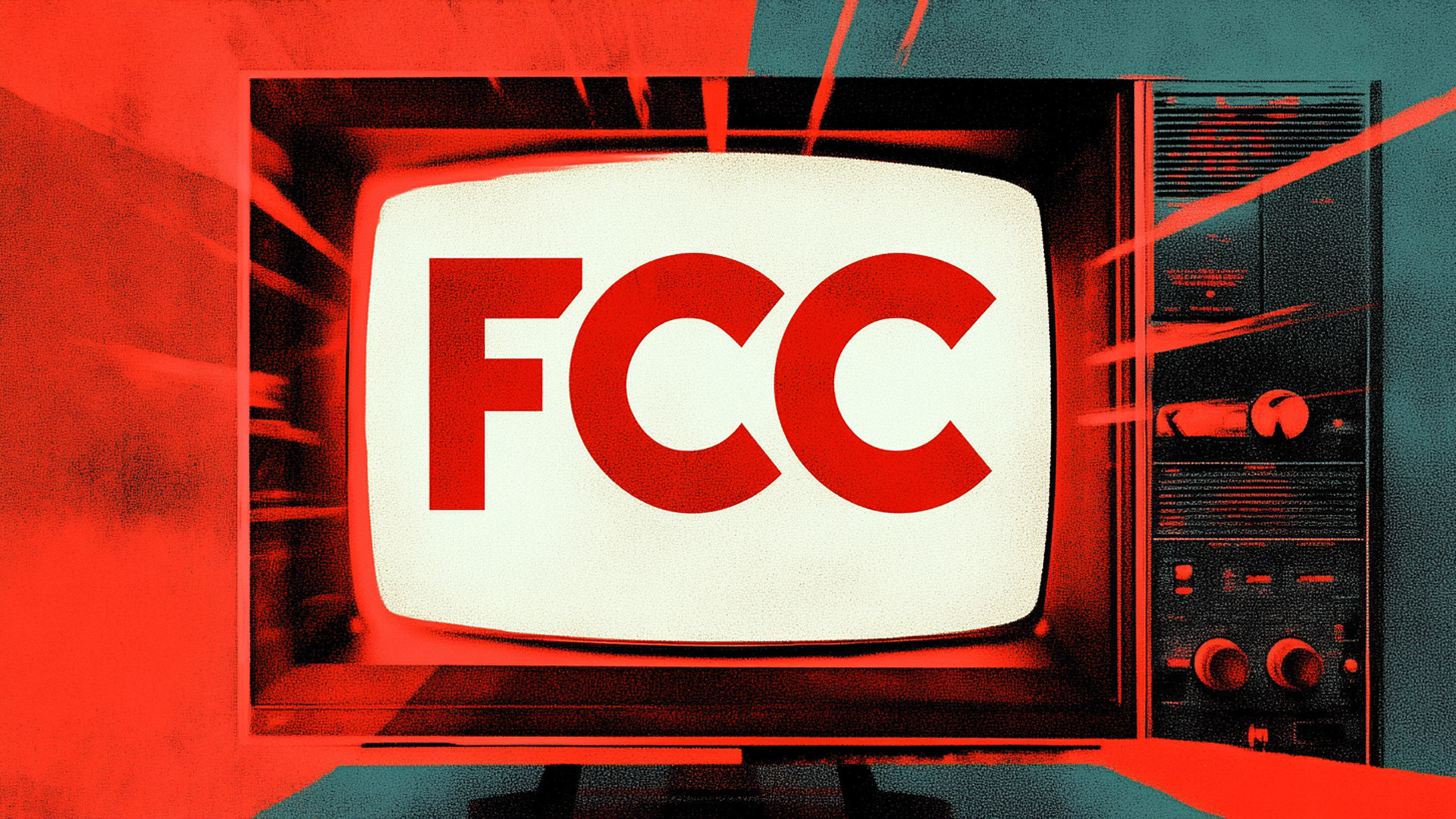Opposition groups challenge FCC ownership review, citing legal constraints and consumer harm

Subscribe to NCS for the latest news, project case studies and product announcements in broadcast technology, creative design and engineering delivered to your inbox.
A coalition of public interest groups, labor unions and multichannel video providers (MVPDs) is mounting fierce resistance to eliminate the federal television ownership cap, arguing that lifting the 39 percent national audience reach limit would violate congressional law and harm consumers.
In filings submitted to the Federal Communications Commission, opponents ranging from the American Television Alliance to the National Cable & Telecommunications Association contend that broadcast consolidation would drive up programming costs, eliminate local jobs and exceed the agency’s legal authority under a 2004 congressional mandate.
The pushback comes as the FCC reopens its review of national television ownership rules amid pressure from major broadcast groups seeking to compete with streaming platforms and tech giants operating without similar restrictions.
The National Cable & Telecommunications Association argued in its filing that “the Commission lacks the legal authority to change the cap” under the Consolidated Appropriations Act of 2004. That legislation set the current 39 percent limit and specifically “eliminated the Commission’s authority to modify or repeal the cap” without congressional action.
The CPAC Foundation reinforced this constitutional argument, stating that “any attempt to modify this threshold by agency rulemaking runs afoul of the separation of powers and would likely fail judicial scrutiny.”
The American Television Alliance reinforced this legal interpretation while highlighting consumer impacts, stating that any modification would not only violate federal law but would result in higher retransmission consent fees passed directly to cable and satellite subscribers.
Union data reveals consolidation’s impact on workers
The National Association of Broadcast Employees and Technicians-CWA presented detailed evidence of industry consolidation’s effects on workers, documenting how previous mergers have reduced wages and job security across newsrooms nationwide.
“Removing the national cap would harm workers in the broadcast industry, including NABET-CWA members, by lowering wages and benefits, reducing the number of jobs, and decreasing job security,” the union stated in its 47-page submission to the FCC.
A companion union analysis found that 62 percent of employees under one ownership group earn below living wages for their markets, with many working overtime or maintaining second jobs to cover basic expenses. The data proves particularly relevant as that ownership group has emerged as a leading advocate for eliminating ownership restrictions while facing ongoing labor disputes and unionization efforts.
Advocacy groups warn of press freedoms
Free Press and a coalition of 16 press freedom organizations argued that further broadcast consolidation would undermine local journalism and democratic discourse by reducing viewpoint diversity and replacing community-focused coverage with centrally produced content.
“The push for national consolidation has nothing to do with enriching viewers’ lives — only shareholders’ wallets,” Free Press wrote, challenging industry arguments that group television stations with digital platforms for competitive analysis purposes.
The organizations cited research documenting declining local news production as national chains acquire independent stations, often eliminating original programming in favor of syndicated content produced at corporate headquarters.
Conservative groups raised similar concerns about ideological diversity within right-leaning media.
The CPAC Foundation warned that dominant broadcasters have used retransmission leverage to “suppress or disadvantage rival networks on MVPD platforms,” citing evidence that some cable providers were told they could not place competing conservative networks on favorable channel tiers due to contractual restrictions from large station owners.
Digital competition arguments face skepticism
Several groups questioned broadcast industry claims that eliminating ownership caps would help stations compete with streaming services and social media platforms.
Common Frequency, a nonprofit focused on media policy, argued that consolidation represents an outdated approach to modern distribution challenges.
“Buying more television stations to compete with streaming is akin to building more CD pressing plants to compete with Napster,” the organization noted in its filing, advocating instead for direct digital investment strategies by broadcasters.
The group contended that consolidation fails to address the fundamental shift toward an attention-based media economy and suggested that ownership expansion would do little to solve 21st-century competitive pressures.
The Conservative Political Action Coalition Foundation’s Center for Regulatory Freedom echoed similar concerns in its 17-page filing, arguing that “allowing large broadcast groups to accumulate greater national reach” would not effectively counter Big Tech dominance but instead “reduce the diversity of voices and accelerate the homogenization of political discourse.”
“Broadcasters are trying to answer the wrong question. Television cannot expect to compete with streaming using deregulatory concepts from the last century,” wrote Common Frequency.
Despite the coordinated opposition campaign, industry observers expect the FCC to ultimately favor broadcast owners’ arguments for eliminating or raising the ownership cap.
The Commission’s rulemaking proceeding in MB Docket No. 17-318 continues seeking comment on video marketplace competition and local news sustainability, but regulatory momentum appears to be building toward deregulation.
The agency’s current composition and previous statements from commissioners suggest sympathy for broadcasters’ competitive arguments against streaming platforms and tech giants. While opposition groups have mounted legal challenges based on the 2004 congressional mandate, the FCC may test those statutory constraints through incremental rule changes or reinterpretation of existing authority.
If the Commission moves forward as expected, opponents have signaled plans for immediate court challenges, setting up a legal battle over the scope of federal broadcast regulation and congressional intent in the streaming era.
Subscribe to NCS for the latest news, project case studies and product announcements in broadcast technology, creative design and engineering delivered to your inbox.






tags
American Television Alliance, Deregulation, FCC
categories
Broadcast Business News, Broadcast Industry News, Heroes, Policy